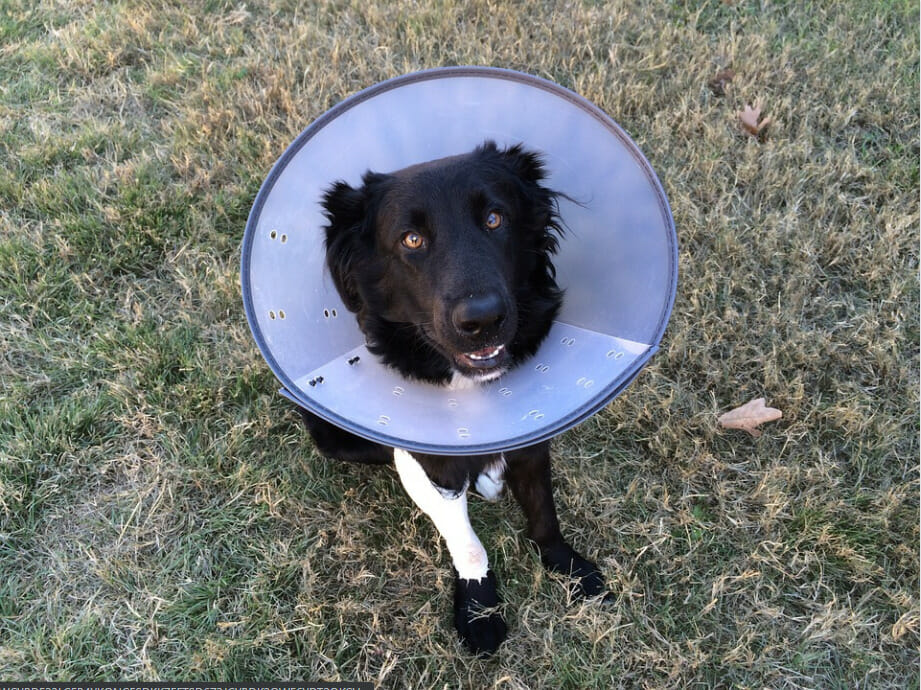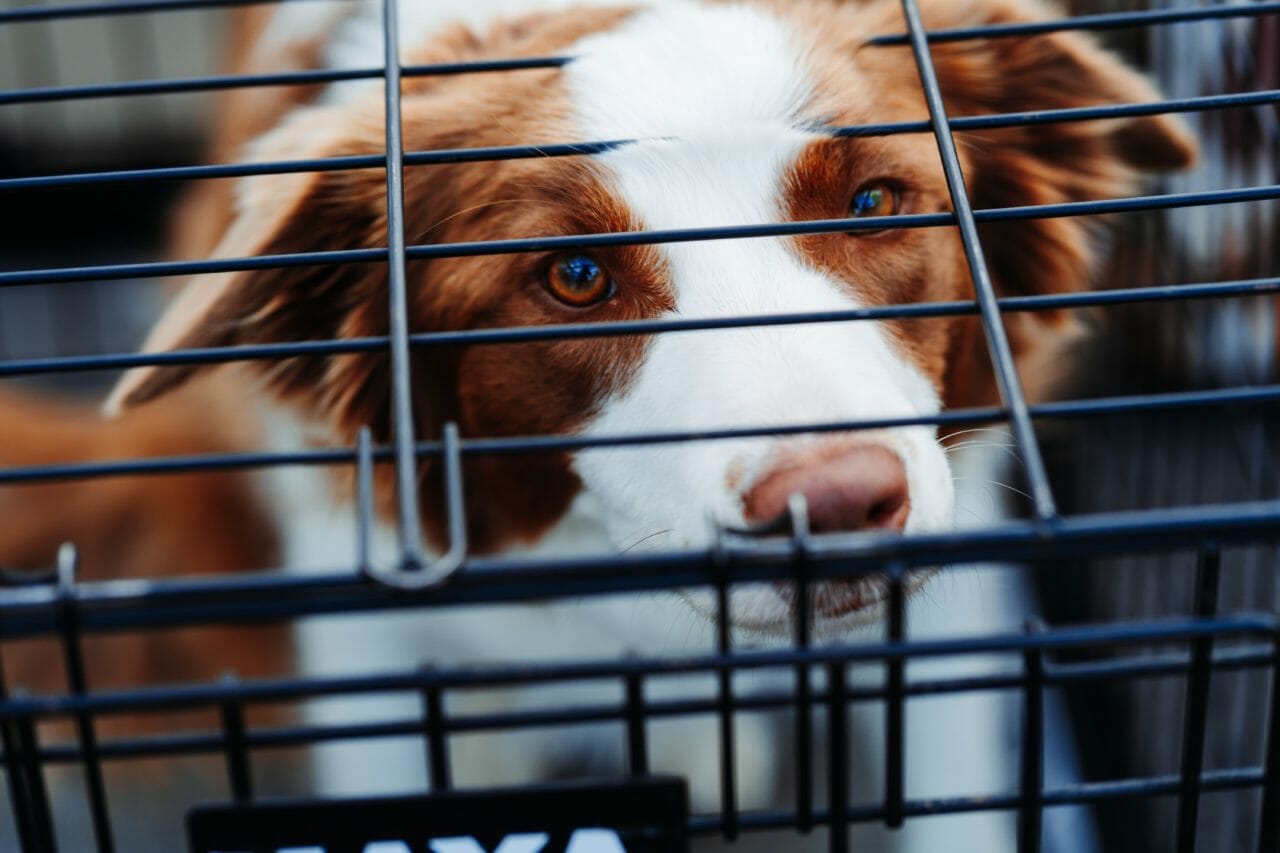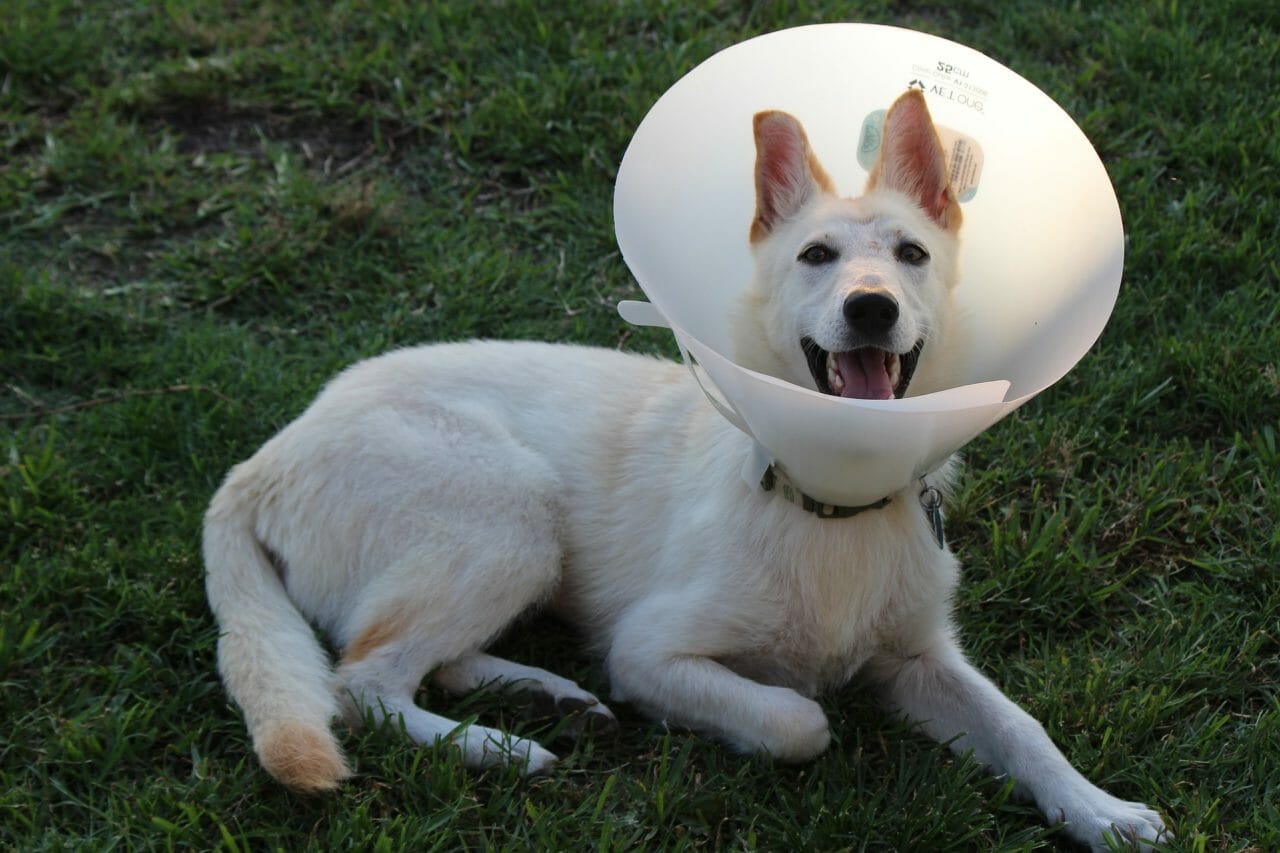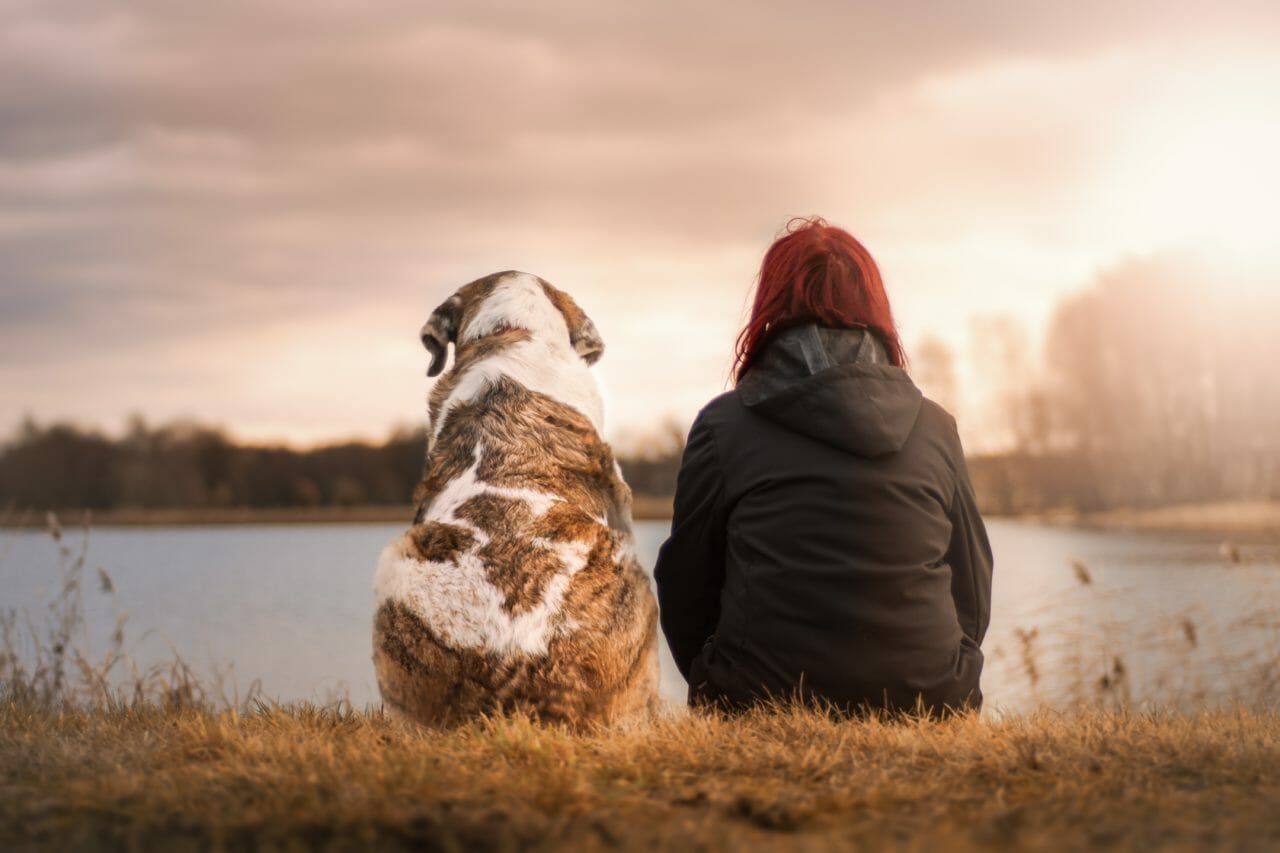Don’t be afraid of those lumps
If you’re a dog owner, there’s a good chance you’ll eventually have to deal with a cyst that develops on your pet. While cysts can be painful and unsightly, they’re usually not too difficult to treat if you know what you’re doing.
In this step-by-step guide, PetRehab.com will walk you through the process of draining a cyst on your dog. From preparing for the procedure to dealing with any potential complications, you’ll learn tips to keep your dog healthy and comfortable during the healing process.
What Is a Cyst?
A cyst is a sac-like pocket that contains fluid, semisolid material, or gas. They can range in size from tiny (pea-sized) to large (grapefruit-sized) and can occur anywhere on the body.
Cysts are relatively common in dogs – especially older ones – and can be caused by a variety of things, including:
- Infections
- Allergies
- Hormonal imbalances
- Autoimmune diseases
In most cases, cysts are benign (noncancerous) and won’t cause your dog any serious harm. However, they can become painful if they grow large enough to press on nerves or other sensitive areas. They can also rupture and release their contents into the surrounding tissue, leading to infection.
Should I Drain a Cyst on My Dog at Home?
The number one question most dog owners will ask is if it’s safe to drain a cyst on your dog from the comfort of your own home. It’s a tricky question that doesn’t always have a straightforward answer.
The main thing to remember is that while draining most cysts is relatively straightforward and simple, if you have to think twice about it, it’s always better to get your vet’s opinion first.
With that being said, here are a few things to keep in mind when deciding:
- If the cyst is small (less than half an inch in diameter), it’s likely safe to drain at home.
- If the cyst is on your dog’s head or neck, it’s best to have a professional do it.
- If you notice your dog licking or scratching at the cyst excessively, it may be best to leave it alone, as this could cause an infection.
As a general rule of thumb, if you’re not 100% confident in your ability to drain the cyst safely, it’s always better to play it safe and take your dog to the vet. Your vet will be able to assess the situation and ensure everything is done properly.
Preparing for Cyst Drainage
Once you’ve decided to drain the cyst yourself, there are a few things you’ll need to do to prepare for the procedure.
First, you’ll want to gather all the supplies you’ll need, which include:
- A cyst removal tool or needle
- Anti-bacterial wipes
- Antibiotic ointment
- An ice pack
- Scissors
- Cotton balls
Start by cutting the fur around the area where the cyst is located. This will help you get a better view of the cyst and make it easier to clean the area before and after drainage.
Then use the anti-bacterial wipes to clean the area around the cyst gently. Be sure to avoid scrubbing too hard, as this could irritate your dog’s skin.
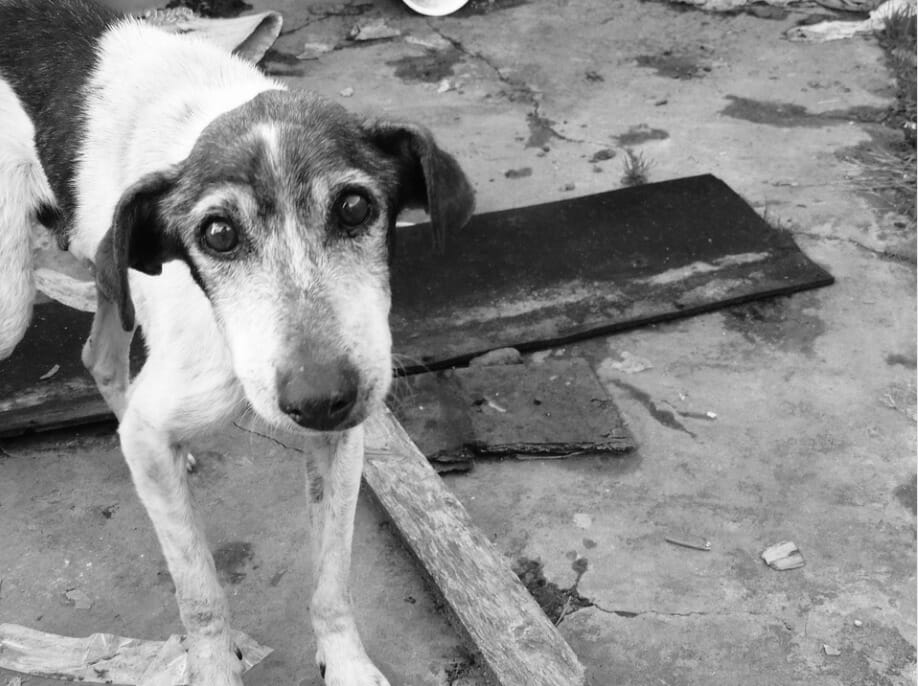
Draining the Cyst
Once you’ve prepared the area, it’s time to start draining the cyst. The exact method you’ll use will depend on the size and location of the cyst.
You can use the needle or cyst removal tool for small cysts to puncture the sac and release the contents. You’ll need to make a small incision with the scalpel to release the fluid for larger cysts.
Be prepared for a lot of puss and blood to come out when you puncture the cyst. It’s important to keep pressure on the cyst once you start draining it using anti-bacterial wipes until the drainage slows down.
Once the cyst is drained, you can apply a small amount of pressure using the cotton ball to help stop any bleeding.
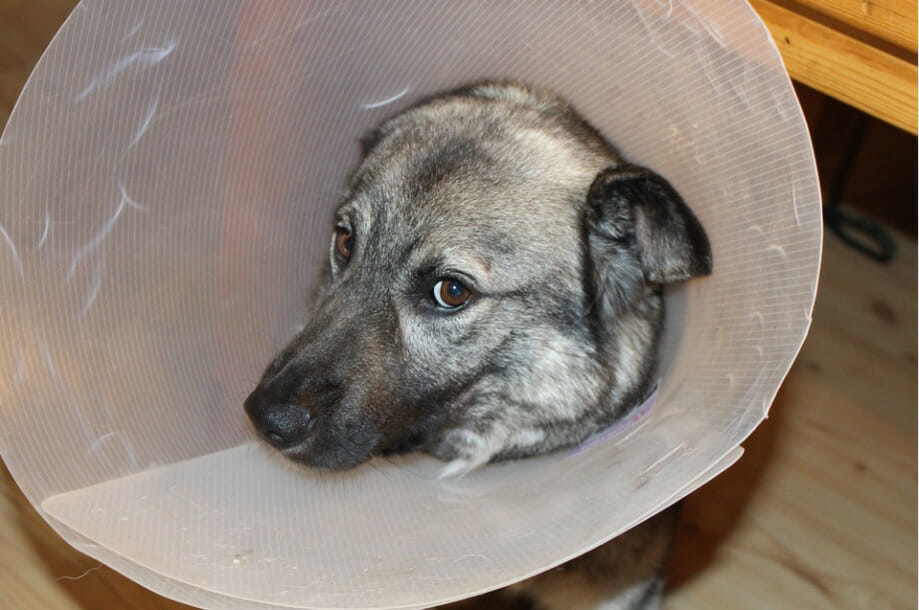
Aftercare and Healing
Once the cyst has been drained, it’s important to take care of the open wound properly to ensure proper healing.
- You’ll want to keep the area clean and dry, so be sure to apply a thin layer of antibiotic ointment to the area and cover it with a clean bandage.
- You should also apply an ice pack to the area for 20 minutes to help reduce swelling.
- Your dog may want to bite or lick the area if it is accessible to them after you have drained it. You should use an e-collar(also known as a cone) to prevent them from licking or biting the area for a few days.
- Keep an eye on the area for any signs of infection, such as excessive redness, swelling, or discharge. If you notice any of these signs, take your dog to the vet immediately.
How To Prevent Future Cysts
You can do a few things to help prevent future cysts from forming on your dog.
First, you should make sure your dog is up-to-date on their vaccinations. Cysts can form due to certain infections, so it’s important to protect them against them.
You should also take steps to manage your dog’s allergies if they have any. Allergies can cause irritation and inflammation that can lead to cysts forming.
Finally, you should regularly check your dog for any lumps or bumps and have them examined by a vet if you notice anything out of the ordinary.
Closing Thoughts
Draining a cyst on your dog at home can be a simple and straightforward process if you follow the steps outlined in this article.
Just remember to take all the necessary precautions to avoid infection and keep your dog comfortable and calm throughout the procedure. With a little bit of care, your dog will be back to normal in no time.
